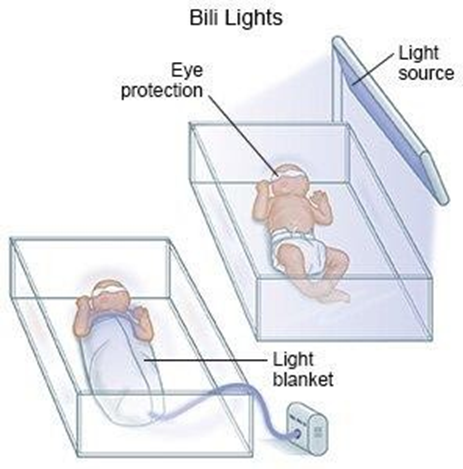A nurse is discussing fertility treatment options with a client and their partner. Which of the following nonpharmacological treatments should the nurse suggest?
Take daily hot baths.
Use a lubricant during intercourse.
Drink herbal tea two times daily.
Maintain a healthy weight.
The Correct Answer is D
Rationale:
A. Taking daily hot baths is not typically recommended as a fertility treatment and may even have adverse effects on sperm production.
B. While using a lubricant during intercourse may help with comfort, certain lubricants can interfere with sperm motility and should be used cautiously when trying to conceive.
C. Drinking herbal tea may have some health benefits, but there is limited evidence to support its effectiveness in improving fertility.
D. Maintaining a healthy weight is important for both men and women when trying to conceive, as being underweight or overweight can affect fertility and reproductive health.
Nursing Test Bank
Naxlex Comprehensive Predictor Exams
Related Questions
Correct Answer is C
Explanation
Rationale:
A. Provide the newborn with 15 ml glucose water after each feeding: This action is not directly related to phototherapy for jaundice treatment.
B. Turn the newborn every 4 hours: While turning the newborn is important for preventing pressure ulcers, it is not specifically related to phototherapy.
C. Close the newborn's eyes before applying eyepatches:
Correct answer. It is important to protect the newborn's eyes from phototherapy light by using eye patches or covering their eyes with soft material to prevent damage to the retina.

D. Apply hydrating lotion to the newborn's skin prior to treatment: Hydrating lotion is not typically applied before phototherapy, as it may interfere with the effectiveness of the treatment or cause skin irritation.
Correct Answer is C
Explanation
Rationale:
A. A WBC count of 11,000/mm3 is slightly elevated but may be within normal limits, as the normal range for WBC count can vary slightly depending on the laboratory. It is not typically concerning during pregnancy.
B. A hematocrit of 37% is within the normal range for pregnancy (37% to 47%) and does not require immediate reporting to the provider.
C. A fasting blood glucose level of 180 mg/dL is significantly elevated and indicates hyperglycemia, which may be indicative of gestational diabetes mellitus or pre-existing diabetes. This finding should be reported to the provider for further evaluation and management.
D. A creatinine level of 0.9 mg/dL is within the normal range (0.5 to 1 mg/dL) and does not require immediate reporting to the provider.
Whether you are a student looking to ace your exams or a practicing nurse seeking to enhance your expertise , our nursing education contents will empower you with the confidence and competence to make a difference in the lives of patients and become a respected leader in the healthcare field.
Visit Naxlex, invest in your future and unlock endless possibilities with our unparalleled nursing education contents today
Report Wrong Answer on the Current Question
Do you disagree with the answer? If yes, what is your expected answer? Explain.
Kindly be descriptive with the issue you are facing.
